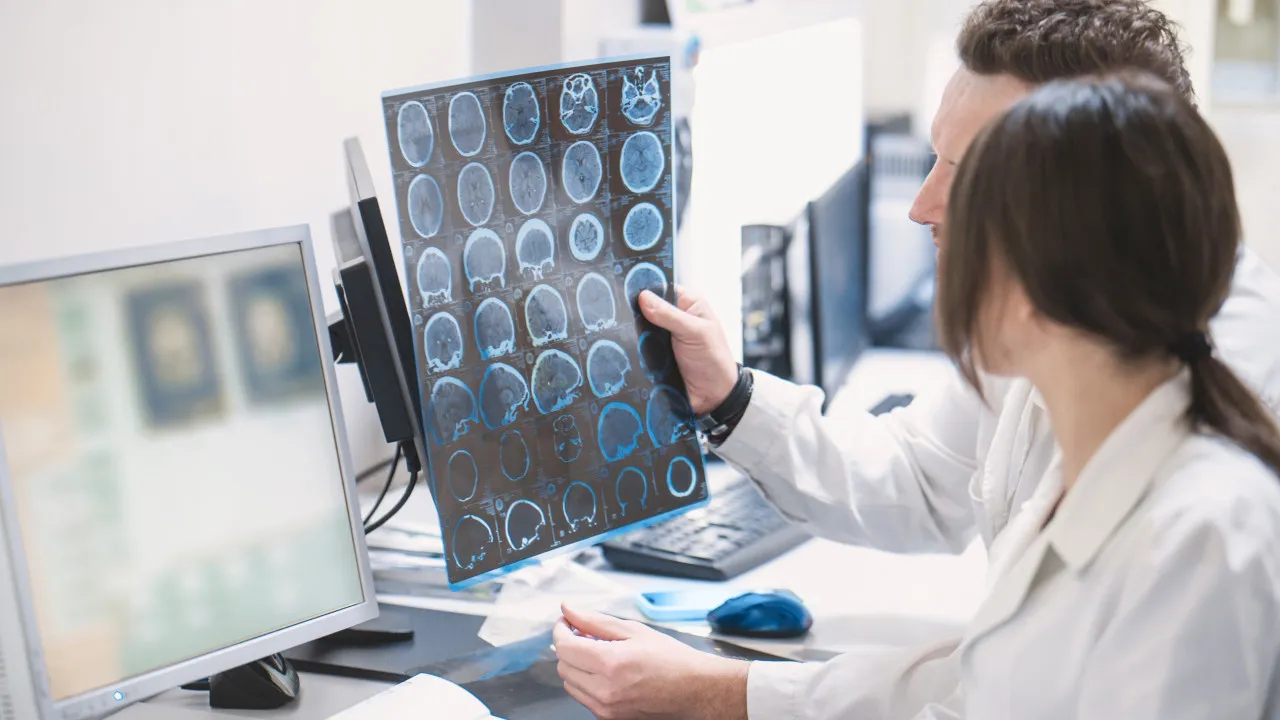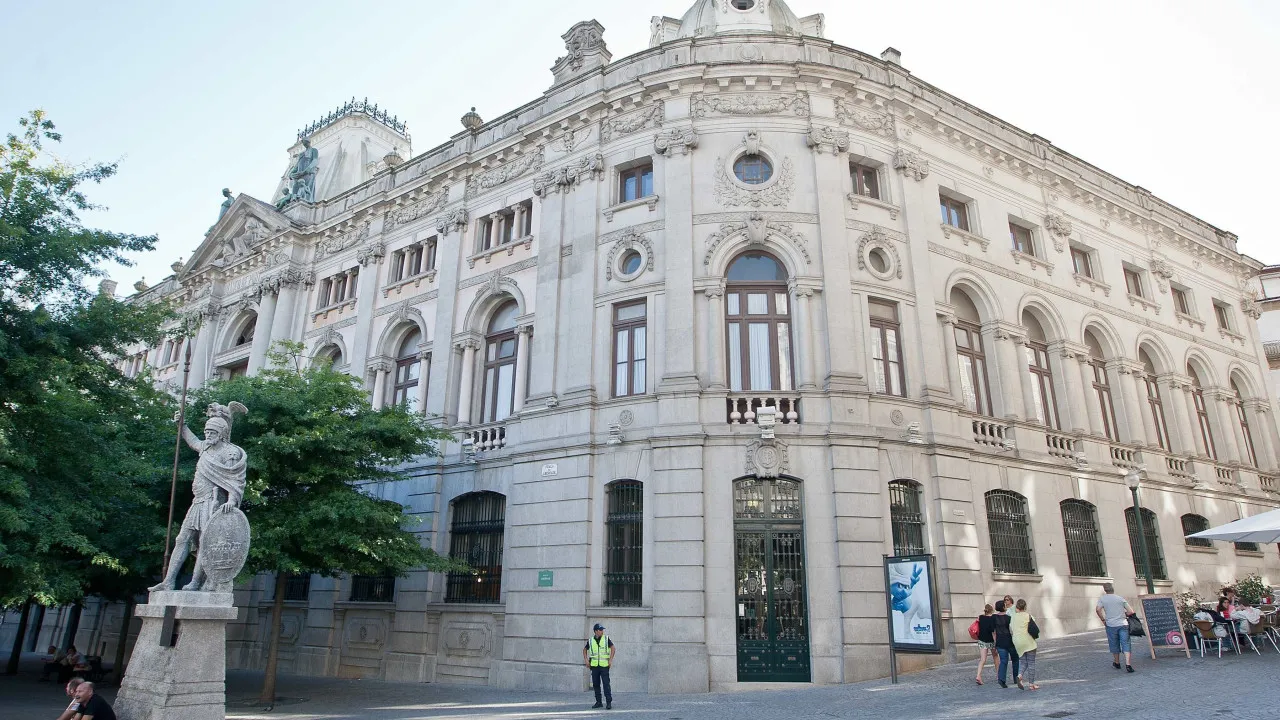
“Over the past 10 years, we have conducted around 10,500 registered teleconsultations, averaging over 1,000 per year. This translates, in the Centro region, to 5,000 to 6,000 fibrinolyses (a physiological process promoting the dissolution of blood clots), treatments that can be carried out in all network hospitals,” stated regional coordinator Gustavo Santo today.
Established on August 1, 2015, this regional network provides a 24-hour service, incorporating all hospitals in the Centro region’s National Health Service (SNS) such as Coimbra, Figueira da Foz, Leiria, Aveiro, Viseu, Guarda, Covilhã, and Castelo Branco, all capable of conducting initial diagnosis and treatment.
At its inception, the network was formed through collaboration among the now-defunct Centro Regional Health Administration, the National Institute of Medical Emergency (INEM), and the Stroke Unit team of Coimbra University Hospitals (HUC).
Utilizing telemedicine, the network provides a continuous 24-hour service that allows for rapid interpretation of brain images and immediate clinical decision support from the ULS of Coimbra, facilitating the identification and transfer of patients needing endovascular intervention.
Serious cases are treated at the HUC, the main hub of the ULS of Coimbra, which is the only facility in the network authorized to conduct mechanical thrombectomies (an endovascular procedure to remove clots in major blood vessels).
In its 10 years of operation, the unit has performed between 2,000 and 2,500 mechanical thrombectomies.
“This network provides additional benefits by enabling quick support for our colleagues in the other seven hospitals of the Centro region, who are capable of administering one of the treatments and can aid in making the best clinical decision in a timely manner, which is crucial in a stroke,” emphasized Gustavo Santo.
According to the specialist, this cooperation yields significant health benefits, increasing the probability of a patient having a favorable functional outcome.
João Sargento Freitas, coordinator of the stroke unit at ULS Coimbra, noted that with the model established in this network, “more than 50% of patients remain independent, without significant sequelae, and more than 50% of patients who were working can return to their jobs, which has a huge societal impact.”
“Epidemiological data on stroke show a slightly downward trend in recent years, despite still being the leading cause of death in Portugal, with a slightly increasing trend among younger people,” he added.
Egídio Machado, head of interventional neuroradiology at ULS Coimbra, praised the teamwork within the network and its high level of training, ensuring patients reach the intervention room in a timely manner.
According to ULS Coimbra, the Centro region stands out nationally for the best indicators in fibrinolysis and thrombectomy, being the only national network officially recognized by the “European Stroke Organization.”




